We will present in this publication the main results of the Pestel analysis of social media industry. The ultimate goal is to examine the impact of macro-environment factors on companies operating in the social networking industry worldwide.
What is Pestel analysis?
Pestel model is an external strategic analysis tool widely used by companies to study the influence of the macro-environment on a company or an industry.
As a result, the Pestel model allows for identifying and evaluating current and potential opportunities and threats of the macro environment of an industry.
The ultimate goal of the Pestel analysis is to anticipate and adapt to the various changes in an industry’s macro-environment.
PESTEL is the acronym for six components of the global environment of a market: Political, Economic, Social, Technological, Ecological, and Legal.
Social media industry overview
The social networking industry has become one of the most popular and profitable markets in recent years. Recent research has shown that 75% of people worldwide use social networks.
By 2021, the social media business will have generated 51 billion dollars in total income. Moreover, the number of users and revenues of the social media market are continuously improving!
Additionally, the social media industry is significantly boosting employability by generating a wide range of cutting-edge jobs, including community managers, IT developers, traffic managers, and many others. One thing is for sure: the career opportunities for young people will be very promising in the coming years.
A few dominant corporations monopolize the social networking market when it comes to competition, especially Google for search engines and Facebook for social media.
Let’s move on to the social media Pestel analysis!
Political factors
It is obvious that the international political environment somehow impacts the results of the companies operating in the social media industry. Also, the political sphere is influenced by social media.
As evidence, American giants like Facebook and Twitter are banned in China and North Korea due to political conflicts between the US and these countries.
Also, Russia banned the use of Facebook and Instagram in March 2022 due to the war in Ukraine and political conflicts between the two countries.
In summary, political disputes between the U.S. government and other countries in the world are a serious threat to the growth of American social media platforms.
In addition, social networks, in theory, allow people to express themselves freely without using the traditional press. However, several political parties have accused social network actors of not sufficiently controlling the spread of fake news and contributing to the misuse of facts.
Even worse, heavy sanctions have been applied to social networking platforms!
Economic factors
The use of social networks is free for individuals. Therefore, the popularity and use of social media platforms don’t depend too much on the economic context.
However, the current global economic crisis due to the Covid-19 has forced consumers to reduce their budget to regular purchases of clothes, accessories, and entertainment. And the majority of these purchases are made online.
As a result, companies selling these categories of products and services have been obliged to reduce their marketing budgets allocated to digital advertising on search engines (Google Ads, Bing Ads) and social networks (Facebook Ads, Pinterest Ads, Twitter Ads, Tiktok Ads, etc).
So, the decline in digital advertising budgets had a negative impact on the incomes of social networking platforms. Digital advertising revenues are the main source of revenue for social media companies!
In short, the decline of macroeconomic indices ( unemployment, interest rates, inflation rates, etc.) has a dramatic effect on the sales and profits of social media platforms, which is a considerable threat to them.
Social factors
The social environment allows you to examine the various demographic, social, and cultural changes of consumers, and to predict the positive or negative impact of these changes on the current and future performances of your business.
For the social media industry, it is evident that the change in consumer behavior in recent years represents a valuable opportunity for companies operating in this market.
Today’s global consumer is ultra-connected, uses multiple information channels, and spends more time in front of their computer, smartphone, and tablet. This is particularly true of Generation Z who consume social media content without moderation (videos, games).
This fact will enable social media companies to constantly improve their performance, increase their number of subscribers and ensure their sustainability in the future.
Nevertheless, many recent types of research focus on information fatigue due to the excessive use of social networks and their negative impact on the mental health of citizens.
In 1996, the American writer David Shenk was the first to talk about the concept of infobesity to describe the information overload of citizens.
The French scientist Joël de Rosnay, a specialist in the impact of new technologies on industries, described it as “a new form of brain pollution caused by an excess of information”. And the rise of 21st-century technologies has amplified the phenomenon.
Technological factors
The technological environment is the analysis of technological innovations in an industry. These technological developments can represent huge opportunities, or on the contrary, a source of threats to a company’s activity.
Social media giants like Facebook are constantly investing huge amounts of money in research and development of new technologies such as virtual reality, augmented reality, and artificial intelligence in order to maintain their market positions and counteract their competitors.
The ability to implement new technological solutions is an undeniable key success factor for any company working in the social media industry. The proof is that Internet users are constantly looking for innovative features.
In fact, this is the main reason why the American giant Facebook acquired WhatsApp and Instagram!
Social media companies that miss out on these technological innovations risk seeing their market share drop. The technological challenge is really big!
Environmental factors
Ecological influences refer to the new measures and standards regarding environmental protection and sustainable development. These ecological constraints are today sources of serious threats that can endanger the survival of a company.
And the social media industry is not immune to these pressures from governments, associations, and non-governmental organizations!
Infrastructures such as data centers and Internet routers are necessary for the good running of social media companies. There is no doubt that all these elements hurt the planet.
Legal factors
The legal environment includes changes in regulations, such as labor laws, trade laws, data protection laws, etc.
Social networking sites like Facebook, the world’s largest social network, contain a large amount of personal information of their users. As a result, these sites must follow and enforce some rules and regulations.
Otherwise, these companies risk paying very heavy fines in the future!
For example, the GDPR (General Data Protection Regulation) is a European regulation aiming at reinforcing data protection that social media companies and others must follow.
Following the famous Cambridge Analytica scandal, many Internet users are starting to worry about the security and privacy of their private data. Facebook is regularly the subject of legal debate.
To summarize, the legal environment brings several threats and risks to social media companies.
Final thoughts
In the end, this case study of social media Pestel analysis has helped us to analyze in-depth the social media industry environment.
As a result, we were able to identify the main opportunities and threats that social media companies should be considering when conducting their strategic planning in the coming years.
Certainly, the Pestel model is a very relevant and effective external strategic analysis tool. However, it must be combined with other analyses to better understand your industry’s environment.
These include Michael Porter’s Five Forces model to analyze the competitive intensity and attractiveness of your industry, the SWOT analysis, and the VRIO model to examine your company’s resources and distinctive competencies.
Hopefully, this example of social media Pestel analysis has helped you better understand the use and implementation of the Pestel framework in your company, don’t forget to share this article with your friends and family!
PESTEL analysis examples 2024
To better understand the PESTEL analysis, we invite you to read our recent free examples of the Pestel framework.
PESTEL analysis of Zara
Click here to read our example of Zara’s PESTEL analysis.
PESTEL analysis of DHL
Click here to read our example of DHL’s PESTEL analysis.
PESTEL analysis of FedEx
Click here to read our example of FedEx’s PESTEL analysis.
PESTEL analysis of Chipotle
Click here to read our example of Chipotle’s PESTEL analysis.
PESTEL analysis of Brazil
Click here to read our example of Pestel’s analysis of Brazil.
PESTEL analysis of Spotify
Click here to read our example of Spotify Pestel analysis.
Chick-fil-A PESTEL Analysis
Click here to read our example of Chick-fil-A Pestel analysis.
Costco PESTEL Analysis
Click here to read our example of Costco Pestel analysis.
Microsoft PESTEL Analysis
Click here to read our example of Microsoft Pestel analysis.
Disney PESTEL Analysis
Click here to read our example of Disney Pestel analysis.
Airline Industry PESTEL Analysis
Click here to read our example of the Airline industry Pestel analysis.
Walmart Pestel Analysis
Click here to read our example of Walmart Pestel analysis.
Amazon Pestel Analysis
Click here to read our example of Amazon Pestel analysis.
McDonald’s Pestel Analysis
Click here to read our example of the Netflix Pestel analysis.
Netflix Pestel Analysis
Click here to read our example of the Netflix Pestel analysis.
Apple Pestel Analysis
Click here to read our example of the Apple Pestel analysis.
Twitter Pestel Analysis
Click here to read our example of the Twitter Pestel analysis.
Facebook Pestel Analysis
Click here to read our example of the Facebook Pestel analysis.
Ikea Pestel Analysis
Click here to read our example of the IKEA Pestel analysis.
Tesla Pestel Analysis
Click here to read our example of the TESLA Pestel analysis.



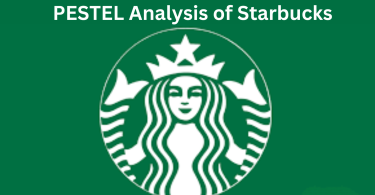

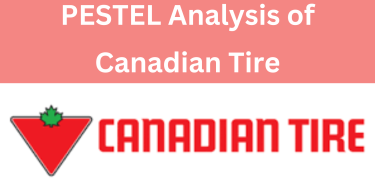



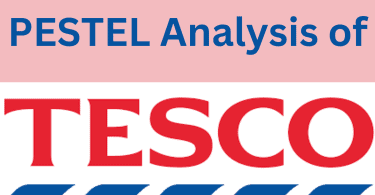
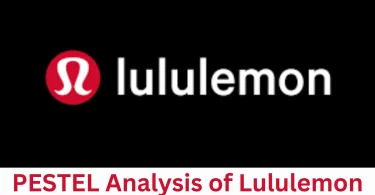
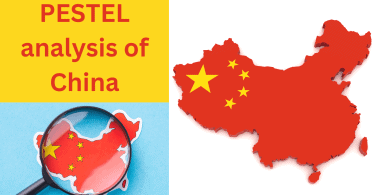
Leave a Comment